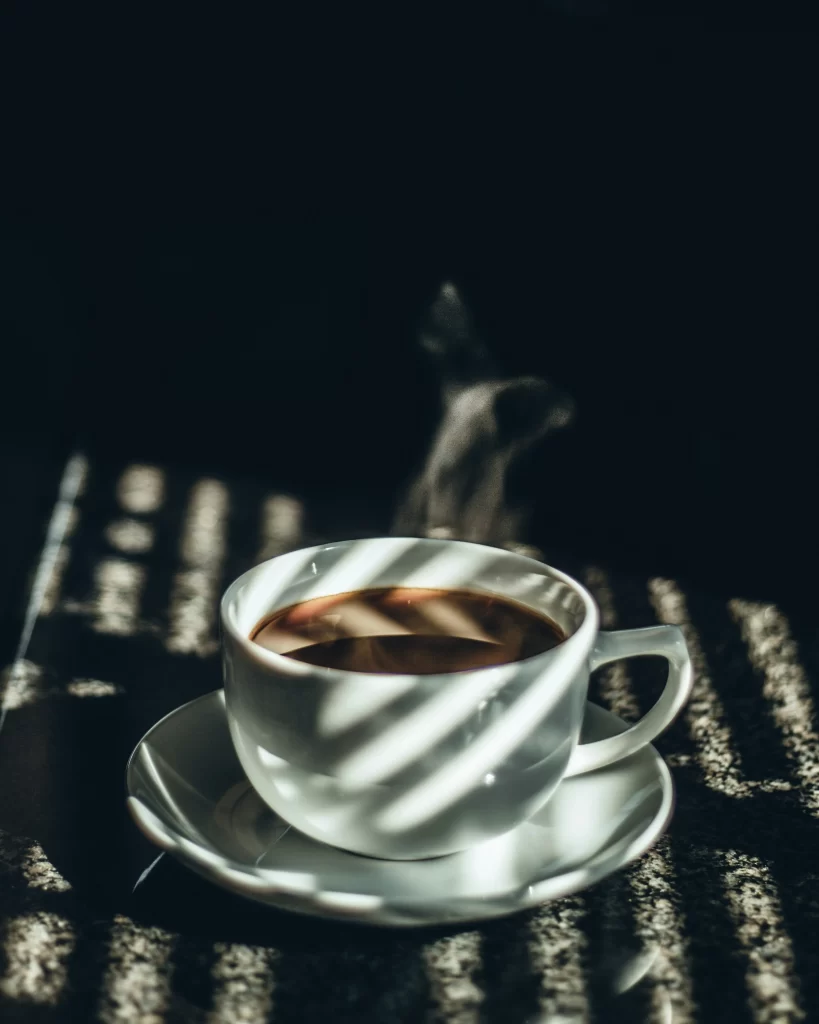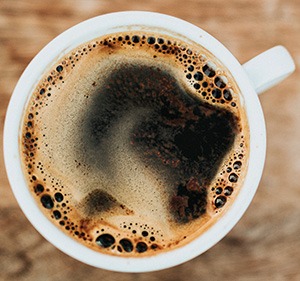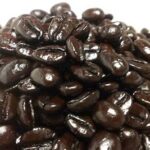Coffee From Puerto Vallarta & Mexico
Coffee from Puerto Vallarta is some of the best I have tasted. Deep, rich flavor is a great way to start any day.
Introduction
Coffee from Puerto Vallarta is something that I miss on cold winter mornings. In the past five years, I have made a couple trips to Puerto Vallarta. I have loved the coffee at the hotel. It was rich and full-bodied with a slightly chocolate taste. On a day excursion to San Sebastien Del Oeste, we stopped at a coffee plantation and were able to see the complete process end to end.
On my most recent trip, I saw street vendors selling local blends on the beach and in kiosks in the markets. Once I got home, I decided to do a little research on the Mexican coffee industry. How did it start? Where is it going?
A History of Coffee in Mexico
Coffee was first introduced to Mexico in 1723 by coffee plants brought over from Martinique. These coffee plants were planted in the state of Veracruz, which to this day is one of the main coffee producing regions in Mexico.
In 1810, when Mexico won its independence from Spain, there was only about thirty hectares of coffee planted. But by 1824 coffee plantations had spread to the states of Puebla and Oaxaca and production had increased tenfold
Today, coffee is grown in 10 Mexican states: Chiapas, Guerrero, Veracruz, Oaxaca, Puebla, Hidalgo, San Luis Potosi, Tamaulipas, Nayarit, and Jalisco. The coffee-growing regions are generally located in the southern and eastern parts of the country, at altitudes between 1,000 and 2,000 meters. Coffee from Puerto Vallarta comes from the mountains to the east of the city.
The coffee industry employs approximately 500,000 people in Mexico.

Coffee Production in Mexico
Mexicans drink more coffee than any other nationality except for the Brazilians and Americans. Mexican coffee consumption has grown steadily over the past few years, reaching 3.1 kg per capita in 2017.
Mexico is both an importer and exporter of coffee. In 2017/2018, Mexico imported 2.45 million 60-kg bags of coffee beans mostly from Honduras (35%), Guatemala (27%), Peru (22%), Ethiopia (8%), Colombia (6%), and Brazil (2%). Mexico exported 2.21 million 60-kg bags of coffee beans in 2017/2018.
The coffee industry is an important source of income for smallholder farmers in Mexico. In 2017, coffee exports generated $1.8 billion USD in revenue.
Coffees from Mexico
Mexican coffee is typically a medium roast with a chocolatey flavour. The coffee grown in the southern regions of Chiapas and Oaxaca is often called “Mayan coffee” because it is grown by the Indigenous Maya people. This coffee is typically a dark roast with smoky undertones The coffee from Veracruz is known for its mellow flavour, while coffee from Guerrero has a nutty flavour.
Puebla coffee is a popular type of coffee in Mexico City. Puebla coffee is typically a light roast with floral notes.
Mexican coffee is typically drunk black or with sugar, but not with milk.
Coffee From Jalisco Province, Puerto Vallarta
Coffee from Puerto Vallarta, the west-central Mexican state of Jalisco is grown in the Sierra Madre Occidental mountains. The coffee from this region is often called “Highland coffee” and is known for its deep, rich flavour
The coffee from Jalisco is typically a dark roast with a chocolatey flavour.
Jalisco coffee is typically drunk black or with sugar, but not with milk.
Where to Get A Good Cup of Coffee in Puerto Vallarta
There are many coffee shops in Puerto Vallarta that serve Mexican coffee. Here are a few of the best:
-Cafe de Olla at Lolo’s Restaurant: This coffee shop is located in the Old Town area of Puerto Vallarta and serves coffee made in a traditional clay pot.
-Casa Café: This coffee shop is located in the Romantic Zone of Puerto Vallarta and offers a variety of coffee drinks made with Mexican coffee beans.
-El Farolito Cafe: This coffee shop is located in the Marina Vallarta area of Puerto Vallarta and offers a variety of coffee drinks made with Mexican coffee beans.
-La Hacienda de Los Milagros: This coffee shop is located in the Nuevo Vallarta area of Puerto Vallarta and serves coffee made in a traditional clay pot.
-La Palapa del Coffee: This coffee shop is located in the El Centro area of Puerto Vallarta and offers a variety of coffee drinks made with Mexican coffee beans.
Now, I have had coffee at the first two cafes. I was staying down in old Puerta Vallarta and was able to walk to them easily. The others are on my list for next trip.
Coffee As Part of Mexican Custom
Drinking coffee is often part of the Mexican custom of ” la siesta.” This is the afternoon break that many businesses and schools take. During la siesta, people typically drink coffee and eat a light snack.
La siesta is a time to relax and take a break from work or school. It is also a time to socialize with friends and family.
The coffee culture in Mexico has changed over the years. In the past, coffee was typically drunk at home. However, in recent years, coffee shops have become more popular.
Our Trials Have Just Begun
After I returned home, I decided to start a taste test of Mexican blends. The first thing I noticed was that they tend to be priced at the high end of coffee’s price range. Now that could be because of the times we live in of high inflation and high transportation costs etc.
Second thing I noticed was a lack of selection. Even on Amazon there was a limited selection of Mexican brands. The American Amazon site had a few more but that again increases the cost. In time we will get to more.
Three Mexican Coffees I Have Enjoyed So Far
- Mexican Chiapas: I found this coffee to have a great chocolatey taste. I enjoyed the coffee. Would I purchase it again, not sure, as I like to try new things.
- Van Houtte Mexico Signature Collection: I enjoyed the coffee but not as much as the Mexican Chiapas. The blend has fruity and pungent notes at the same time. It is responsibly sourced. It is in my cupboard for when guests drop by.
- San Diego Mexico Blend: I enjoyed the coffee but not as much as the Mexican Chiapas. It is a medium roast with truly little after-taste. I would purchase again for a special occasion.
Conclusion
So, coffee from Puerto Vallarta is one of the many reasons that I started on this coffee journey just a few years back. While this journey is still in progress, I hope to find that perfect Mexican cup of coffee in the near future. I will continue my search and let you know what I find. In the meantime, enjoy your coffee.
Please note: the opinions expressed in this post should never be construed as advice. The thoughts are based on my experiences and those of my friends and family. I am not a restauranteur or a formal barista. I just love coffee and love sharing what I learn with everyone. Please enjoy and share your favourites in the comments section.
Also: If considering a change in diet, exercise, nutrition and or supplements, you must consult your medical practitioner to make sure that what you are about to embark upon doesn’t interfere with your current treatments.
Another note: on images, if the picture does not have my logo, I have downloaded from either Unsplash or iStock. If you are looking for images please check them out.

Hi, I’m Al, a coffee and tea enthusiast passionate about helping you craft the perfect cup. With years of experience exploring blends, brewing methods, and nutrition, I share trusted tips and recommendations to make your coffee and tea rituals extraordinary. See more in About Us









